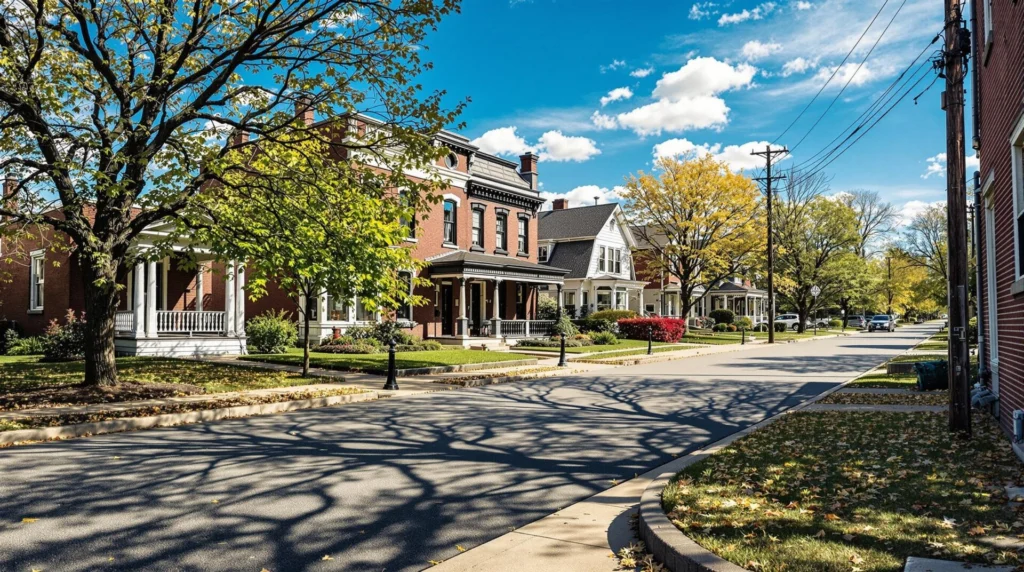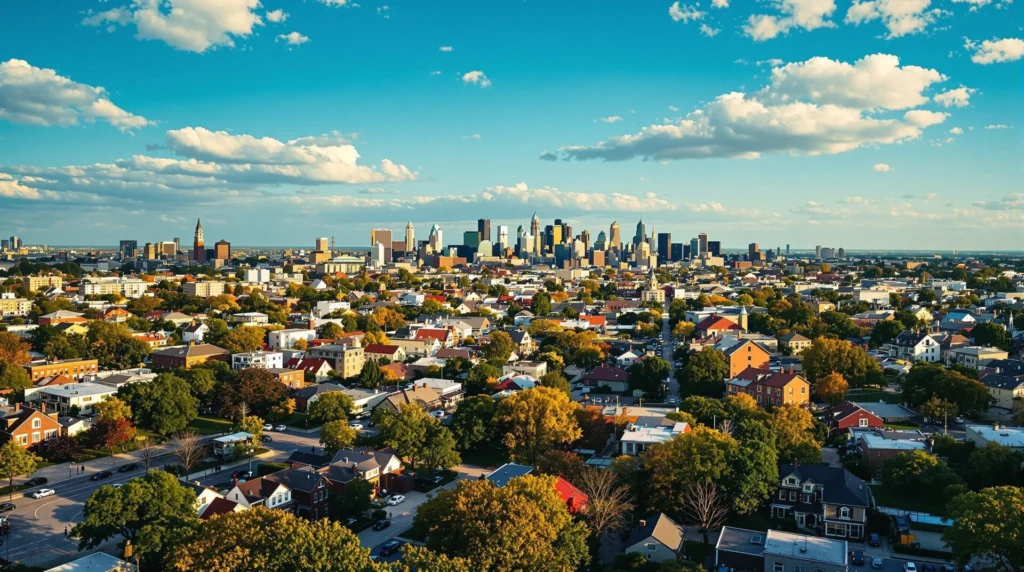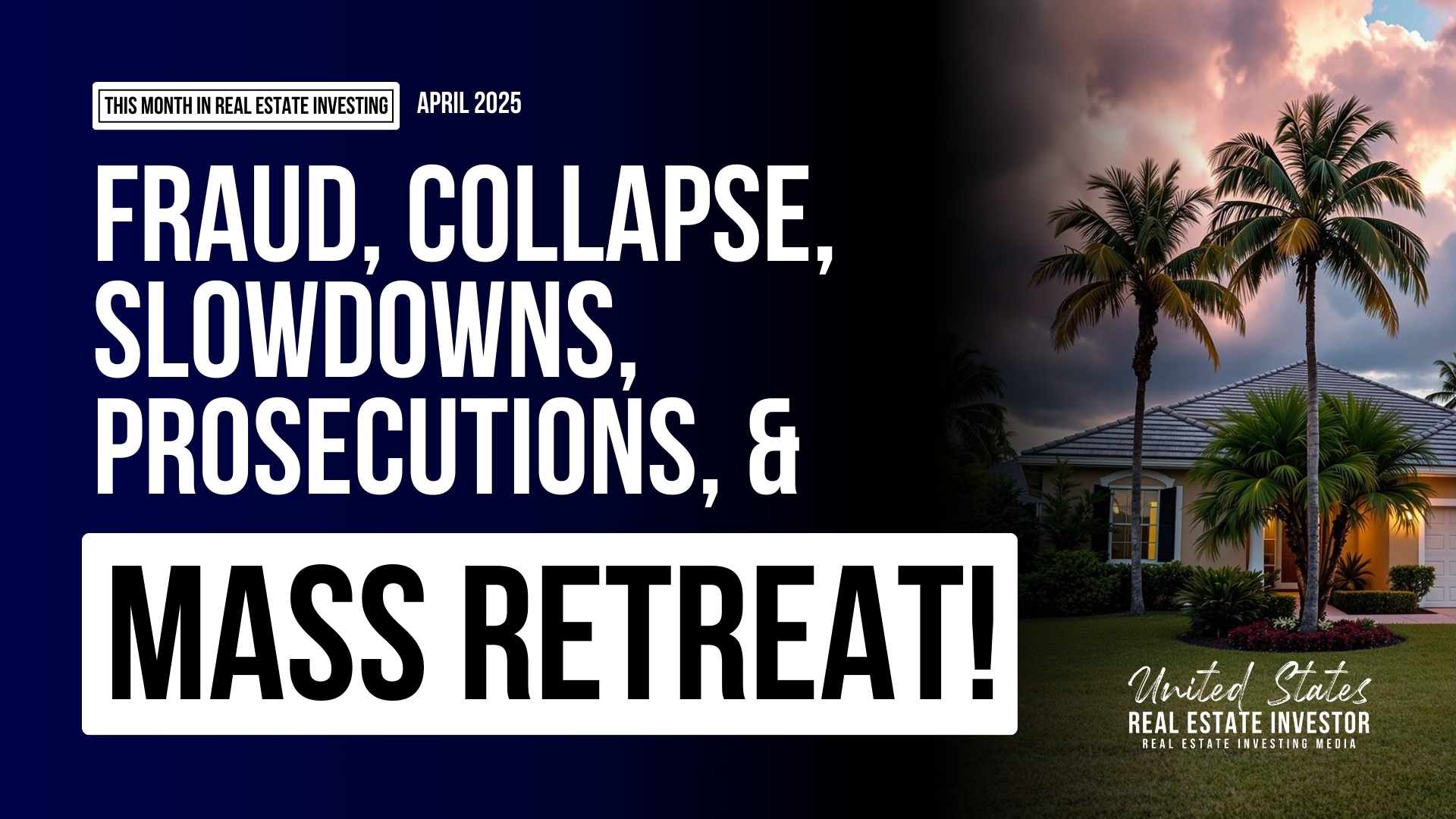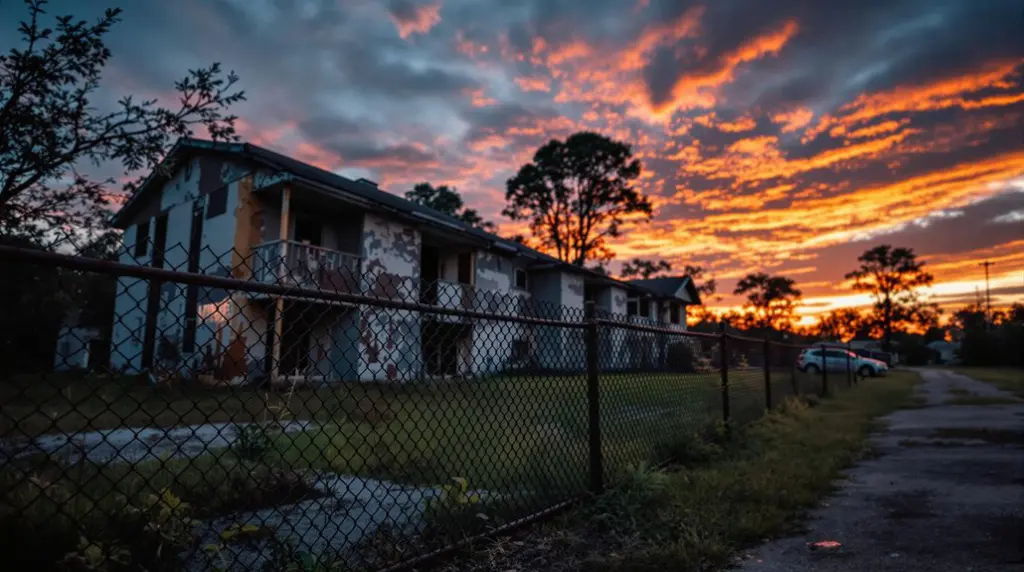Key Takeaways
- Mission Gateway project secures financing to restart $268M development after years of delays.
- Buy-and-hold investors are optimistic about suburban mixed-use projects with diversified tenant bases.
- Kansas City’s suburban growth fuels renewed demand for lifestyle-driven, high-visibility developments.

Kansas City, MO – After nearly two decades of delays, Kansas City’s notorious Mission Gateway development is finally gaining traction, as developers announced they’ve secured new financing to reignite construction on the $268 million mixed-use project.
New Financial Backing Reboots High-Profile Project
Cameron Group LLC and GFI Development Company confirmed that fresh equity investment and debt financing have been secured, allowing construction to resume later this year.
The updated plan includes a hotel, luxury apartments, entertainment venues, retail spaces, and medical office components, making it one of the largest suburban mixed-use developments in the Midwest.
For real estate investors, the renewed momentum reflects a strong buy-and-hold opportunity.
The project’s prime location at the intersection of Shawnee Mission Parkway and Roe Avenue offers high visibility, excellent transportation access, and proximity to affluent Johnson County demographics.
Mission Gateway’s History Offers Lessons for Investors
The Mission Gateway project has long been a cautionary tale, plagued by financial issues, lawsuits, and changing market conditions.
But with Kansas City’s regional growth and suburban demand reaching new highs, developers and investors are betting that the timing is finally right for success.
The project’s latest phase leans heavily into experiential and service-based tenants, reducing reliance on traditional retail — a shift many experts see as critical for modern suburban mixed-use developments.
Mission Gateway’s History Offers Hard-Earned Lessons for Investors
Few development stories in the Midwest are as dramatic or as educational as the saga of Kansas City’s Mission Gateway project.
Originally envisioned nearly two decades ago as a gleaming centerpiece for suburban revitalization, the project has instead become a masterclass in how even the best-laid real estate plans can be undone by a combination of bad timing, shifting market forces, and financing pitfalls.
The first attempt to bring Mission Gateway to life began in the early 2000s with a bold vision: a massive mixed-use campus combining retail, entertainment, residential units, and office space — all strategically positioned at one of the Kansas City metro’s busiest intersections.
Early renderings promised a destination that would anchor Mission, Kansas, as a beacon of modern suburban living.
But the dream quickly ran headfirst into the brutal realities of the Great Recession. Financing dried up.
Retailers pulled back.
Construction stalled.
Over the years, the site — often referred to by locals as the “giant hole in the ground” — became a symbol of unrealized potential and community frustration.
Lawsuits between developers and contractors, zoning battles, and multiple redesigns only deepened the project’s woes, turning it into one of the region’s most notorious examples of over-ambitious urban planning gone wrong.
Yet for investors, Mission Gateway’s long, painful history offers invaluable lessons.
Real estate success, especially for large-scale developments, demands flexibility.
The original heavy reliance on big-box retail, once considered a safe bet, turned into a major liability as consumer preferences shifted toward e-commerce and experience-driven destinations.
Recognizing these shifts, the developers behind the current revival have adapted the blueprint dramatically.
Instead of doubling down on traditional retail, the new vision emphasizes experiential and service-based tenants: entertainment venues, boutique hospitality, medical offices, high-end apartments, and restaurants that serve as social hubs rather than transactional centers.
It’s a smarter, more resilient model, designed to thrive in today’s post-pandemic environment where people seek destinations that offer lifestyle value and convenience rather than just places to shop.
With Kansas City’s suburban population booming and household incomes rising in nearby Johnson County, the fundamentals now strongly favor this reimagined version of Mission Gateway.
Investors are encouraged by the broader suburban renaissance happening nationwide — a trend fueled by hybrid work, demand for accessible amenities, and lifestyle-driven suburban migration.
In short, Mission Gateway’s resurrection is not just about finishing a long-delayed project — it’s about applying hard-won wisdom to create a future-proof investment.
For smart investors who understand the cycles of real estate, it’s a stark reminder: timing, adaptability, and a deep understanding of consumer behavior can make the difference between a cautionary tale and a comeback story.
Assessment
The Mission Gateway project’s resurrection highlights a broader trend: suburban mixed-use developments that balance residential, medical, entertainment, and retail components are becoming Midwest investment cornerstones.
For investors willing to weather risk for potential high rewards, Kansas City’s latest chapter at Mission Gateway may finally deliver.
Related Content:
- Mortgage Dead End (First-Time Homebuyers Trapped In Potential Decade-Long Nightmare)
- U.S. Unleashes Unprecedented Defense Against Foreign Real Estate Infiltration Near Military Bases
- Donald Trump Victory Sparks Massive Optimism and Growing Caution in Real Estate Markets
- Real Estate Markets on High Alert as States Mobilize to Counter Trump Administration Threats





















